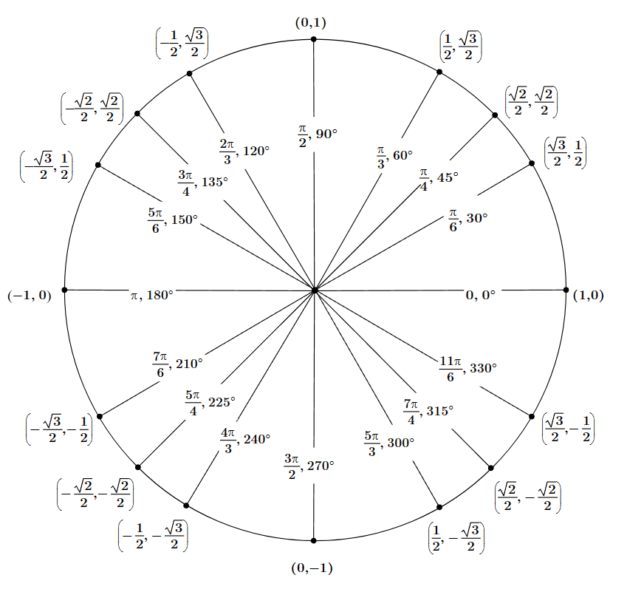Understanding Notation and Terminology in Sequences
When we talk about sequences, we use special symbols and words to describe them. Let’s break down some of the common notation and terminology used in sequences:
1. Terms of a Sequence
The individual numbers in a sequence are called “terms.” Think of them as the items in a list. For example, in the sequence 2, 4, 6, 8, …, the numbers 2, 4, 6, and 8 are the terms of the sequence.
2. Notation for Terms
We often use letters with small numbers below them to represent the terms of a sequence. Here’s an example:
a₁ means the first term, which could be 2
a₂ means the second term, which could be 4
a₃ means the third term, which could be 6
We can use \( a_n \) to represent any term in the sequence, where \( n \) is the position of the term.
3. Finite and Infinite Sequences
A “finite sequence” has a specific number of terms, like a list with an end. An “infinite sequence” goes on forever, like a never-ending list. When we use “…” at the end of a sequence, like 1, 2, 3, 4, …, it means the pattern continues without end.
4. Arithmetic and Geometric Sequences
There are special names for sequences that follow certain patterns:
Arithmetic Sequence: The difference between each term is the same. Example: 5, 10, 15, … (the difference is 5 each time)
Geometric Sequence: Each term is multiplied by the same amount. Example: 2, 4, 8, … (each term is multiplied by 2)
These concepts help us talk about sequences and understand how they work. They are like the building blocks for learning more about patterns in numbers. If you’re curious to learn more, keep reading, and we’ll explore more exciting topics in the world of sequences!


